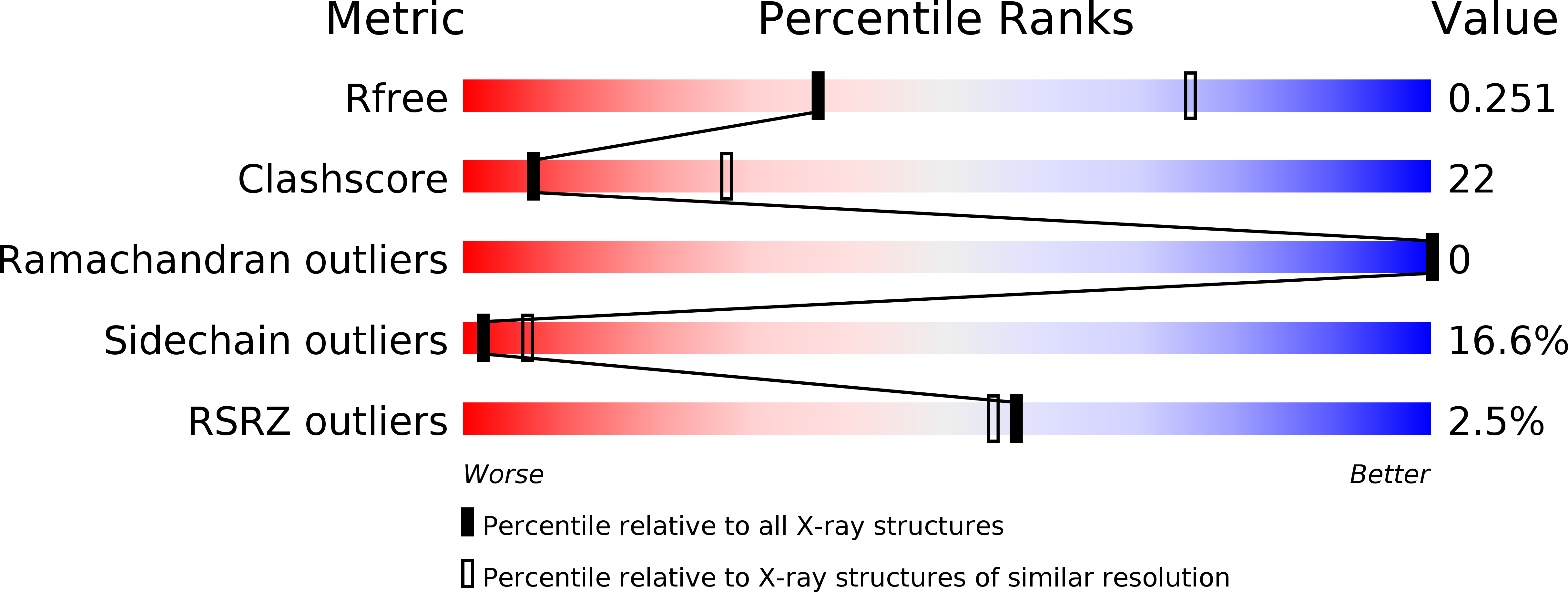
Deposition Date
2013-03-18
Release Date
2013-06-26
Last Version Date
2023-09-20
Entry Detail
PDB ID:
4JOL
Keywords:
Title:
Complex structure of AML1-ETO NHR2 domain with HEB fragment
Biological Source:
Source Organism:
Homo sapiens (Taxon ID: 9606)
Host Organism:
Method Details:
Experimental Method:
Resolution:
2.91 Å
R-Value Free:
0.25
R-Value Work:
0.20
R-Value Observed:
0.21
Space Group:
P 32


